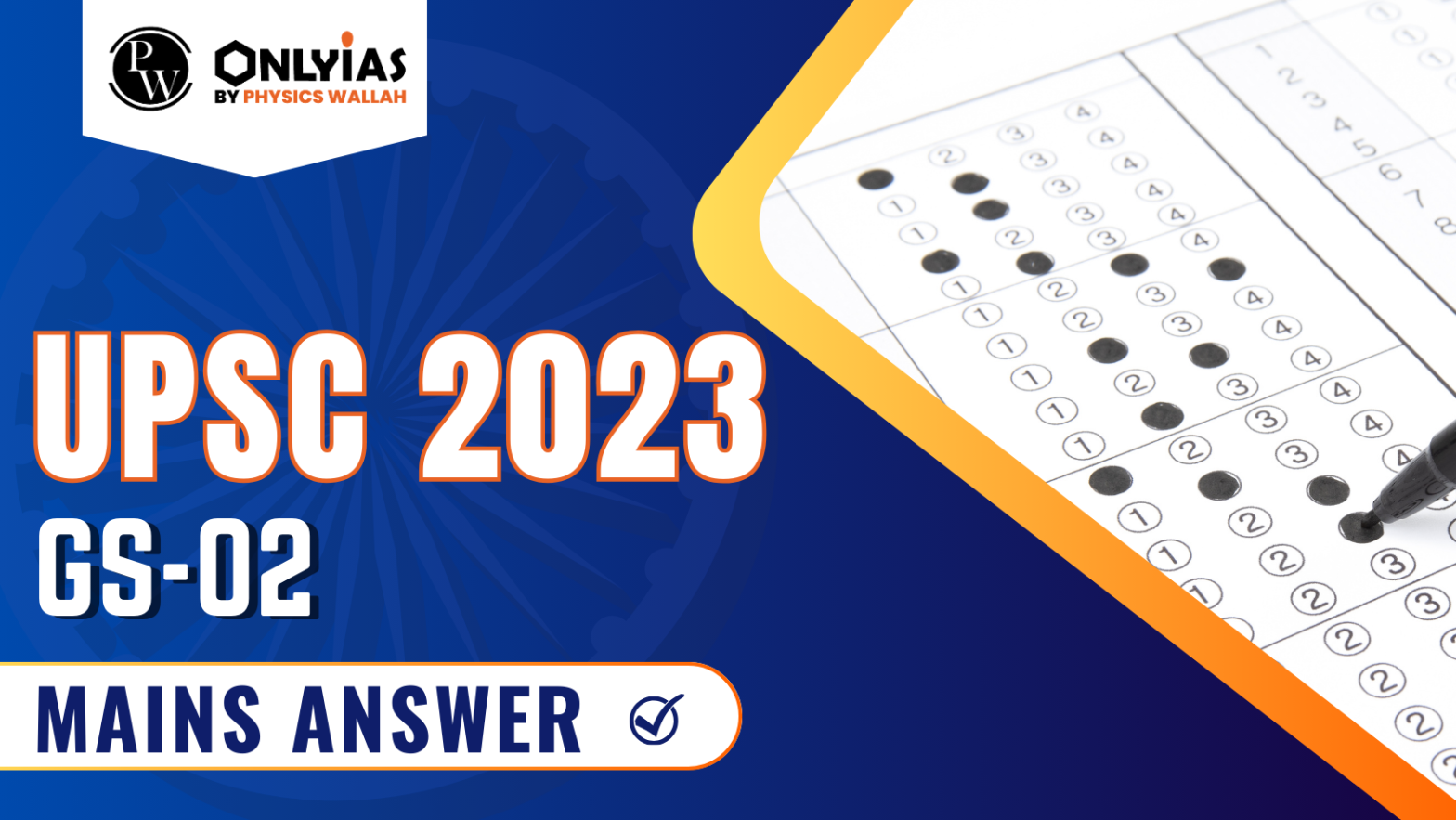Examine whether development and welfare schemes for vulnerable populations are inherently discriminatory. Explore various perspectives and reasons in this insightful analysis.

Q17. “Development and welfare schemes for the vulnerable, by its nature, are discriminatory in approach.” Do you agree? Give reasons for your answer.
| How to approach the question
Introduction ● Write about the development and welfare schemes for the vulnerable briefly Body ● Write how development and welfare schemes for the vulnerable are discriminatory in approach ● Write various counter arguments given against this view ● Write suitable way forward Conclusion ● Give appropriate conclusion in this regard |
Introduction
Development and welfare schemes are essential tools to bring about socio-economic development and uplift the underprivileged sections of society. While they are implemented with good intentions, they can sometimes be perceived as discriminatory. At the same time, these schemes are often seen as necessary interventions to bridge existing gaps in society.
| Welfare schemes of Vulnerable
Women: · Saubhagya · Matruvandana Yojana · DBT for nutrition · Free legal aid SC/ST/Minorities: · USTAAD · Skill India · Ayushman Bharat · Model Ekalavya School Other · PDS · MGNREGA · SKILL india · Start up India · DAY NRLM |
Body
Development and Welfare Schemes as Discriminatory
Counter-arguments: Necessity for Targeted Approaches in development and welfare schemes
VAN DHAN YOJANA providing economic assistance and good market avenues for forest products.
Way Ahead
Conclusion
Going ahead, while addressing the criticisms of being potentially discriminatory, it is equally vital to appreciate the necessity of targeted interventions to foster inclusivity and equity. The way forward lies in adopting a collaborative, technologically adept, and transparent approach to nurture a society where development is both inclusive and sustainable.
| For a Detailed explanation of the UPSC GS-01 Mains question 2023, click here.
For a Detailed explanation of the UPSC GS-02 Mains question 2023, click here. For a Detailed explanation of the UPSC GS-03 Mains question 2023, click here. For a Detailed explanation of the UPSC GS-04 Mains question 2023, click here. |

<div class="new-fform">
</div>